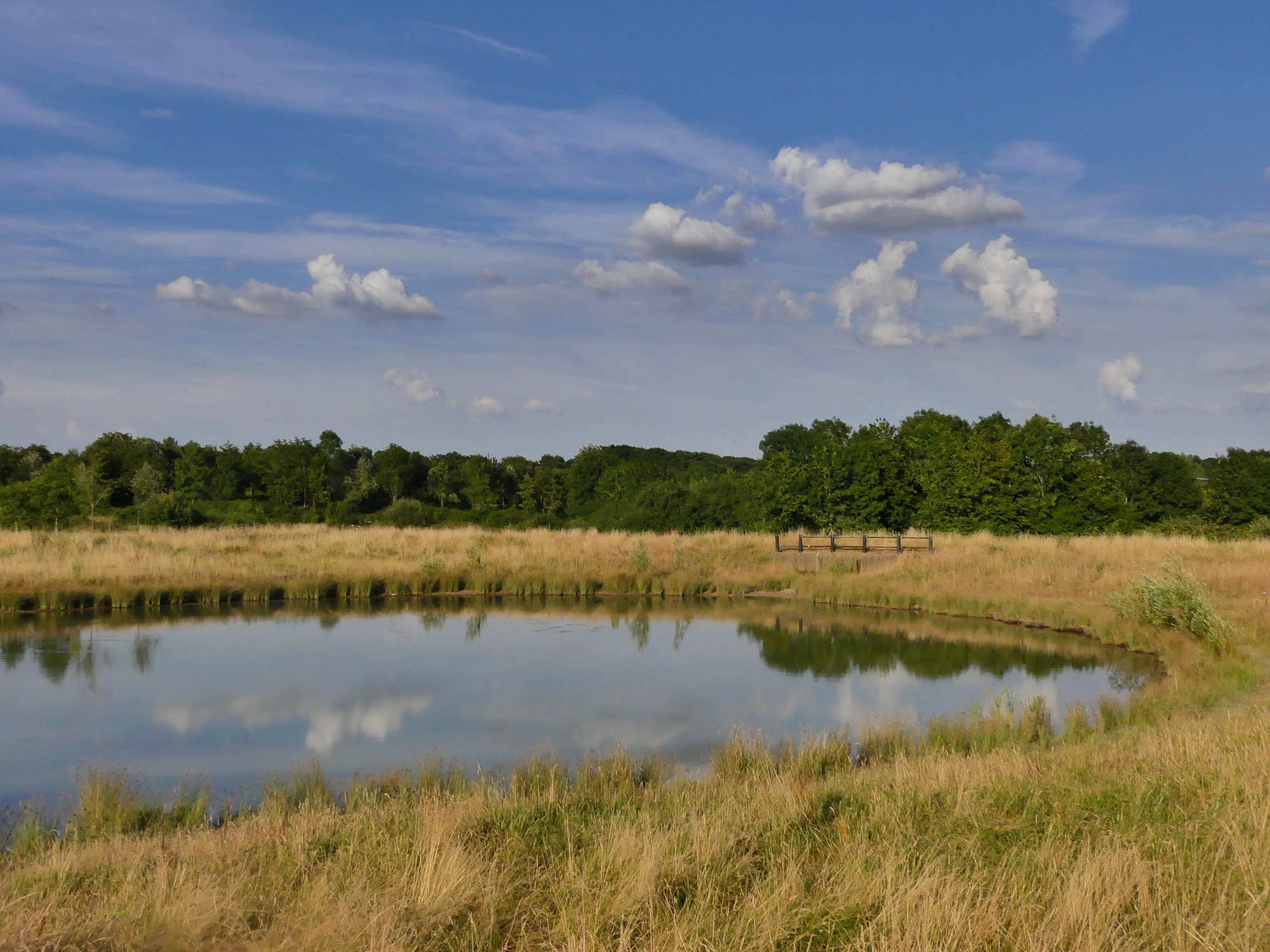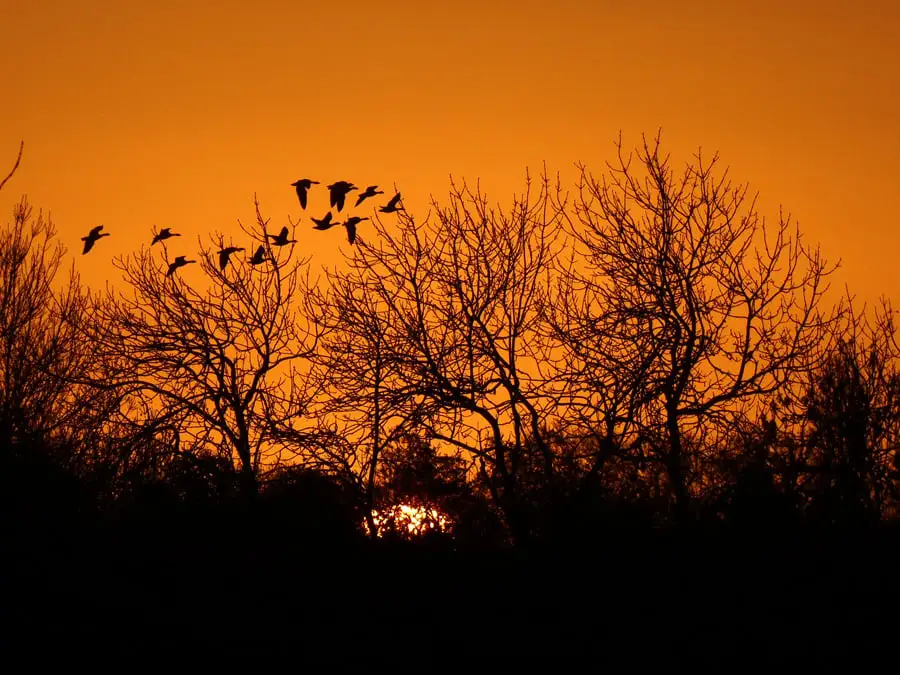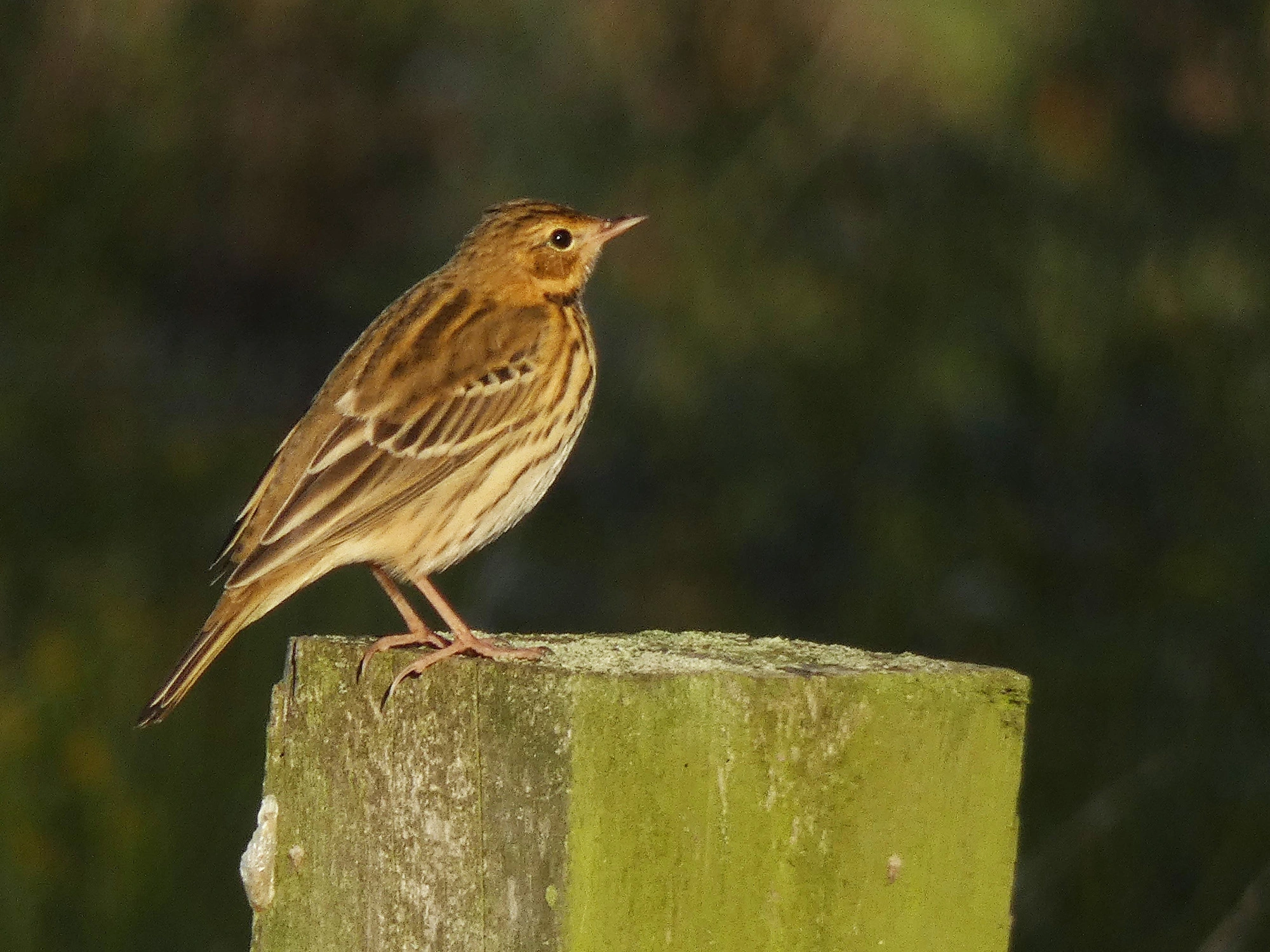tattenhoe park
Location
OS grid ref.
Google maps
what3words
Getting there
Parking
Train
Bus
Access
Permit required?
There are several footpaths leading in and out of Tattenhoe Park, but the most accessible options are the tarmac paths that run along the brook and branch out northeast into Tattenhoe and slightly uphill north towards Kingsmead. If travelling here site via car or public transport, these are most easily reached via Steinbeck Crescent near the Snelshall warehouses and industrial units. They also link to Tattenhoe via the Water Spinney underpass, running under the V1/Snelshall Street. A bridleway runs parallel with the brook, leading towards the west end of Tattenhoe Park and continuing northwest towards the edge of Kingsmead and the North Bucks Way. This is a less even path and best avoided after heavy rain.
On site facilities
Local amenities
Target species
Site description
Tattenhoe Park sits at the very southwest edge of Milton Keynes, separate but still accessible from Tattenhoe via the V1/Snelshall Street and local footpaths. For many years, this was a largely rural edge to the Tattenhoe area, with several partially grazed fields and scrub lying between paths and narrow green corridors leading into the Tattenhoe Valley Park from the north.
While the nearby Tattenhoe became urbanised through the early 2000s, Tattenhoe Park saw very little change in terms of development until the late 2010s, from which it has been rapidly ongoing since. In years past, it was a reliable location for some of the more rural species not found often in the newly-developed Tattenhoe, including Barn Owl, Skylark and Yellowhammer, the occasional Grey Partridge and Wheatears on passage. Communal roosts of Linnets in winter have persisted, reaching triple figures.


Between new housing and the Snelshall warehouses, Tattenhoe Park features the most southwestern corner of the Tattenhoe Valley Park, with a mixture of wildflower meadows, fragmented woodland and several balancing ponds running parallel with a narrow brook flowing in from the Whaddon Chase and continuing several miles to the northeast into the city. Despite the rapid urbanisation of the site into the 2020s, it's proven to be a site well worth visiting for birding, boasting over 120 common, scarce and rare Bucks species.
Species
Wide open sky views near the east and west edges of the site make for great migration watching around late summer and early autumn. October and November mornings can feature impressive movements of wintering thrushes, Chaffinches, Siskins and Wood Pigeons, which are best observed in the first two or three hours of the day from dawn. Later in the day, you may also find Redpolls feeding on Willowherb along the brook and ponds in winter and into early spring.
Hawfinches have also been recorded here annually since 2017, mainly migrating over the site in autumn but occasionally dropping into the thickets and wooded areas near the brook. Other county scarcities and rarities recorded passing over have included Woodlark, Kittiwake, Great Northern Diver, Iceland Gulls, Brent Goose, Osprey and Spoonbills.
The habitats running parallel with the brook hold a consistent range of species annually, with Green Woodpecker, Stock Dove and Song Thrush among the residents and Chiffchaffs, Common Whitethroat and Blackcap being some of the regular migrants. During quiet periods of footfall, you may find Common Redstart on passage around sunlit thickets and treelines in spring and late summer. Black Redstart has also been recorded around some of the newly-developed housing.
Field margins and scrub across the site host winter roosts of Linnets, small numbers of Reed Buntings and a wide range of migrants. Tree Pipits have occasionally dropped in around late summer, with much scarcer visitors including Short-eared Owl, European Nightjar, Whimbrel, Ring Ouzels and Pied Flycatchers also recorded on passage. Stonechats have been fairly regular visitors through autumn and winter into the 2020s, sometimes in small congregations.

While Mallard and Moorhen are present all year round, several balancing ponds across the site have occasionally attracted small waders and waterfowl including Shoveler, Wigeon, Teal, Tufted Duck, Common Sandpiper and Green Sandpiper.